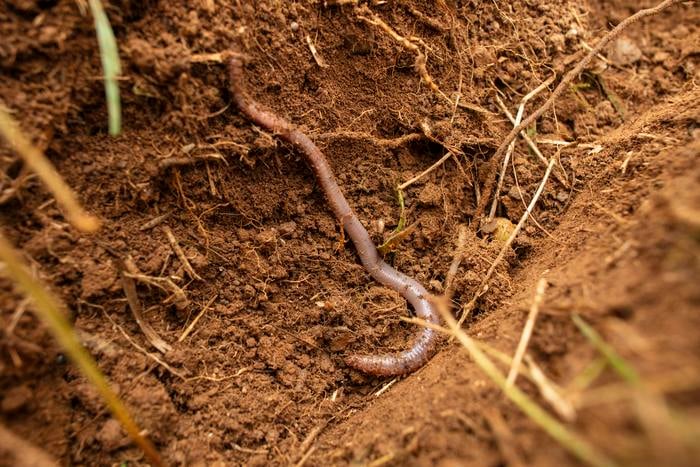Summary: New research from the University of Plymouth has uncovered concerning evidence that bio-based materials, often promoted as environmentally friendly alternatives to plastic, may pose greater risks to soil ecosystems than conventional plastics. The study found that certain bio-based fibers caused significantly higher mortality rates in earthworms compared to polyester, raising important questions about their environmental impact.
Journal: Environmental Science & Technology, November 5, 2024, DOI: 10.1021/acs.est.4c05856 |Reading time: 5 minutes
In the rush to find alternatives to plastic, scientists have discovered an unexpected warning sign: some “environmentally friendly” materials might be more harmful to soil ecosystems than the materials they’re meant to replace.
The Hidden Impact of Bio-based Materials
A groundbreaking study published in Environmental Science and Technology has revealed that bio-based fibers, increasingly used in everyday products from clothing to wet wipes, may pose significant risks to crucial soil organisms. The research comes at a critical time, as these materials are being widely adopted without thorough environmental impact assessment.
These materials enter our environment through various routes – washing machines, agricultural fertilizers derived from sewage sludge, and the natural wear and tear of textile products. Despite their growing presence in consumer goods, their environmental impact has remained largely unexplored until now.
Surprising Research Findings
The research team conducted rigorous testing of conventional polyester fibers against two bio-based alternatives: viscose and lyocell. Their focus was on earthworms, creatures essential to maintaining healthy soil ecosystems globally.
The results were striking. In high-concentration tests, polyester exposure resulted in 30% earthworm mortality after 72 hours. However, the supposedly eco-friendly alternatives proved far more lethal – lyocell caused up to 60% mortality, while viscose resulted in up to 80% earthworm deaths.
Real-World Implications
Even at environmentally relevant concentrations, the bio-based materials showed concerning effects. Earthworms exposed to viscose demonstrated reduced reproduction compared to those exposed to polyester. Meanwhile, those in soil containing lyocell showed reduced growth and increased burrowing activity.
“Over 320,000 tonnes of bio-based and biodegradable fibres were produced globally in 2022 and research shows that substantial quantities of that will end up in the environment,” explains Dr. Winnie Courtene-Jones, the study’s lead author. “Our study has shown that bio-based fibres have a range of adverse effects on earthworms – animals which are critical to the functioning of the environment. It highlights the importance of gathering further evidence before alternatives to conventional plastics are made available even more widely.”
Looking Forward
Professor Richard Thompson OBE FRS, senior author of the study, emphasizes the broader implications: “It is clear that along with recycling and re-use, tackling plastic pollution will require a reduction in the quantities of plastics used and produced… but this publication further emphasises the importance of testing new innovations in relevant environmental settings prior to widescale adoption.”
Glossary:
– Bio-based fibers: Materials derived from natural sources, intended as alternatives to synthetic plastics
– Viscose: A bio-based fiber made from wood pulp
– Lyocell: A sustainable fiber made from wood cellulose
– Microfibers: Tiny fiber particles that shed from textiles and enter the environment
Quiz:
1. What percentage of earthworms died when exposed to viscose fibers in high concentrations?
Answer: Up to 80%
2. How many tonnes of bio-based and biodegradable fibers were produced globally in 2022?
Answer: Over 320,000 tonnes
3. What are three ways these fibers enter the environment?
Answer: Through the laundry cycle, sewage sludge used as fertilizers, and wear and tear of textile products
4. What happened to earthworms exposed to lyocell fibers at environmental concentrations?
Answer: They showed reduced growth and higher rates of burrowing
Enjoy this story? Get our newsletter!


